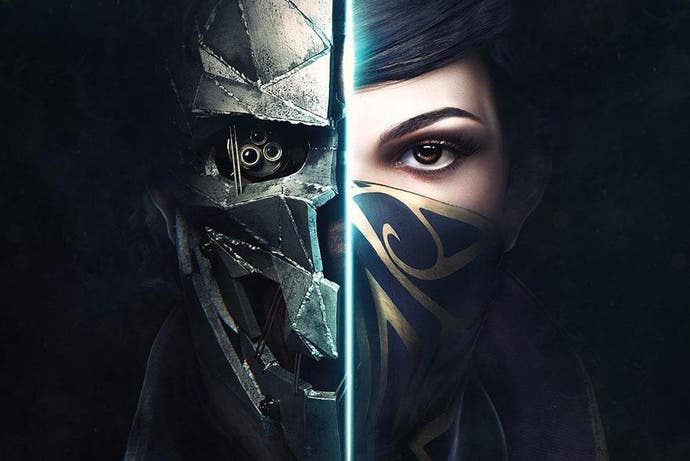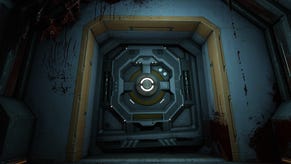Face-Off: Dishonored 2
A sub-par PC port takes on Xbox One, PS4 and PS4 Pro.
We can't kick off a Dishonored 2 platform comparison without first discussing just how remarkably poor the PC version is. We're not going to dwell too much on this because the backlash against the product is already intense enough, but let's put it this way - we've tested the title with an overclocked Core i7 4790K paired with Titan X Pascal and remarkably, it has trouble hitting 60fps at 1080p. Clearly, a fundamental re-evaluation of the PC version is required beyond the brace of patches seen so far. It's stunning to think that this title actually shares technological underpinnings with Doom 2016 - a title that runs maxed-out at over 100fps at 4K on the same hardware. Things do seem to be improving (the first patch could see the same Titan-powered system trough out at 38fps in full HD resolution) but the product had no business shipping in that state.
Of course, the fact is that there's no game-changing improvement in the PC version's visual make-up - it's the usual array of additional refinements to image quality, but that said, taken together, they do make a difference. You can operate at higher resolutions, ramp up shadow and ambient occlusion quality, while texture quality gets a bump - aided and abetted by far superior streaming. That's most likely down to hardware though - an SSD really should be part and parcel of any modern gaming PC.
Provided that Arkane can get the PC version into shape, it should prove to be the definitive release, but as things stand, we're a long way from that and the console versions are looking pretty good. The scalability of idTech makes its way into Dishonored 2's Void engine, meaning that the major difference between all console builds is - inevitably - resolution.
The dynamic scaler works on the principle of maintaining the vertical pixel count at a set level dependant on the platform, while playing fast and loose with the horizontal. So the minimum resolution we saw on PS4 comes in at around 1700x1080, while the stress points on Xbox One see the pixel-count drop to 1280x900. Meanwhile, PlayStation 4 Pro offers up a very strange scenario - one we can't quite believe is possible. Dishonored 2 seems to detect if the console is attached to a 1080p display and outputs at full HD. Hook up your Pro to a 4K monitor and baseline resolution moves up to 1440p.
We tested this a couple of times to confirm results - there's no super-sampling if you boot with a 1080p screen attached, but there is if you boot with a 4K display attached then drop back to the front-end and select 1080p. Adding further to the strangeness of the situation is that performance between both outputs is identical, which either means we're mistaken here or else the console is hitting a CPU bottleneck - which is not entirely out of the bounds of possibility bearing in mind the severe performance issues seen on the PC game, even when running at 1080p with the most powerful single-chip GPU money can buy.
In terms of the visual difference owing to the resolution variation, each console actually holds up rather well, with the dynamic scaler's drops in resolution masked relatively well by a combination of the title's soft overall look, plus its extensive post-process pipeline. Side-by-side, Xbox One clearly looks less defined than PS4, which in turn suffers by comparison to the Pro, but within the confines of single platform gameplay, the overall turnout remains consistent and looks good.
In terms of the performance profile of the three console versions, there are few surprises in terms of the overall outlook - PlayStation 4 Pro is best equipped to hit the 30fps target (though even Sony's latest and greatest can drop below the target) and it's the only release that operates with v-sync fully enabled. The base PS4 and Xbox One slip into what you might call 'semi-adaptive' v-sync territory, with screen-tear manifesting when the engine fails to maintain its 30fps target. Tearing only occurs at the very top of the screen, with the game otherwise presenting very much like a typical double-buffer v-sync title - often lurching between 30fps and 20fps.
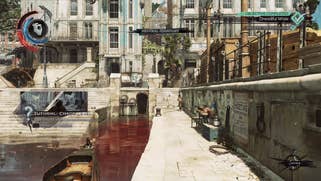
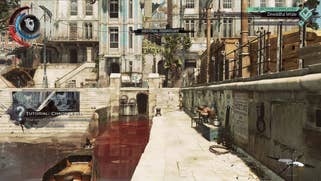

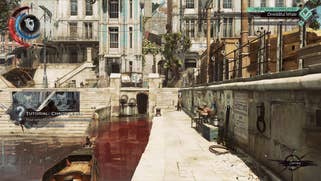




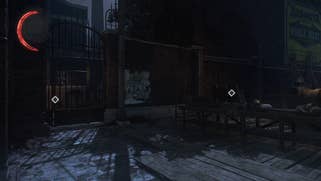
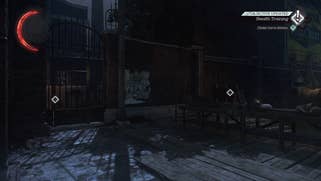

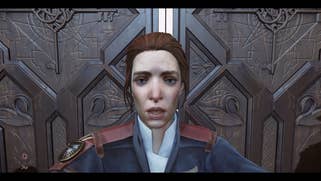

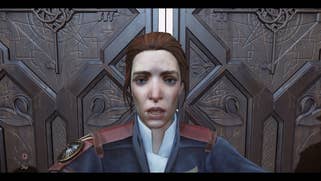




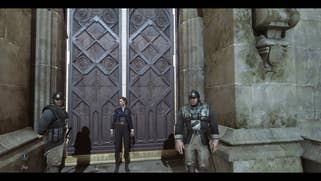



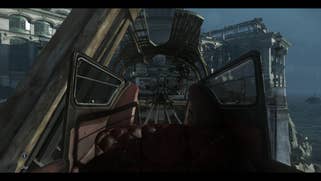
We've seen this set-up before, and it seems to be the case that the engine allows for a certain degree of 'wiggle room' on when it presents the next frame. If it's just a couple of milliseconds over budget, the framebuffer flips during the beginning of the next display refresh, causing the tear at the top of the screen refresh. However, there's a threshold in place to ensure that tearing never really enters the field of view - in this case, the engine waits until the next refresh to deliver the new frame.
By and large, performance equalises between the PS4 and Xbox One in testing cut-scenes, with the same dips to 20fps. However, during gameplay, the Sony platform does exhibit a small advantage - especially in combat scenarios. However, it's the PlayStation 4 Pro that is best equipped to weather the game's most taxing scenarios - the cut-scenes still cause some problems, but overall frame-rates are higher, while the issues in combat are all but eliminated, with the title maintaining 30fps for clear stretches regardless of the challenges the engine throws at the hardware.
The Pro's 1440p mode appears to resolve using standard upscaling - we can't find any evidence of checkerboarding - and it's another game to join the ever-increasing ranks of upgrades offering a 78 per cent increase in base resolution compared to the core PS4 game (you can see our encounters with other Pro titles in our recently published, ongoing guide to Pro upgrades). However, while we would have liked to see a higher resolution push for a better presentation on ultra HD screens, at the very least, we are getting a combination of both increased pixel count and performance.
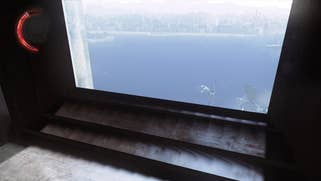
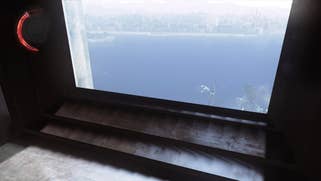



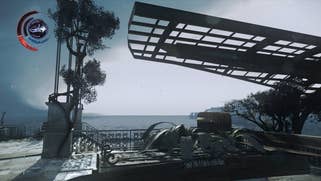


Dishonored 2: the Digital Foundry verdict
Overall, Dishonored 2 works out nicely enough for PS4 and Xbox One owners. There's no argument that this is a beautiful-looking game with a highly distinct visual style, and that the idTech underpinnings work out nicely in scaling resolution while not impacting image quality to a noticeably distracting degree. The PC version offers the best visual feature set and perhaps in time, it will overcome its profound performance issues, but right now, at least the console versions don't present too many issues that distract you from a phenomenal experience.
With that said though, the performance level is questionable at times - it's easier to forgive 20fps frame-rate drops during non-interactive cut-scenes, but the situation gets fraught when careful traversal through an enemy-infested area goes horribly wrong. The more enemies that rush to attack you, the more dire your peril, and the worse the game reacts to user input. Meanwhile, the collapsing frame-rate gives you less visual feedback, making it even harder to handle the situation. Some might say that it's as good a reason as any to play the game 'properly', using stealth and taking down targets only when required and preferably in one-on-one scenarios, but 20fps gameplay isn't really acceptable under any circumstances.
Perhaps inevitably bearing in mind the additional horsepower on offer, it's PlayStation 4 Pro that offers up the best console experience - there's a resolution boost for those with 4K displays and performance is generally smoother overall. However, we would hope to see super-sampling instated for users with full HD screens - there's no performance penalty that we could see and it would make a beautiful game look even better.
